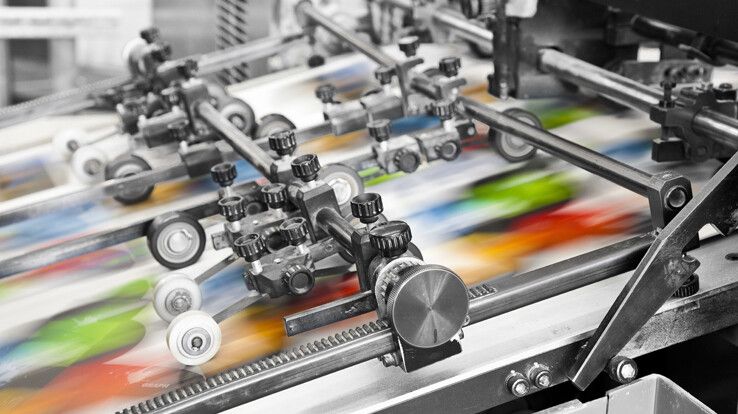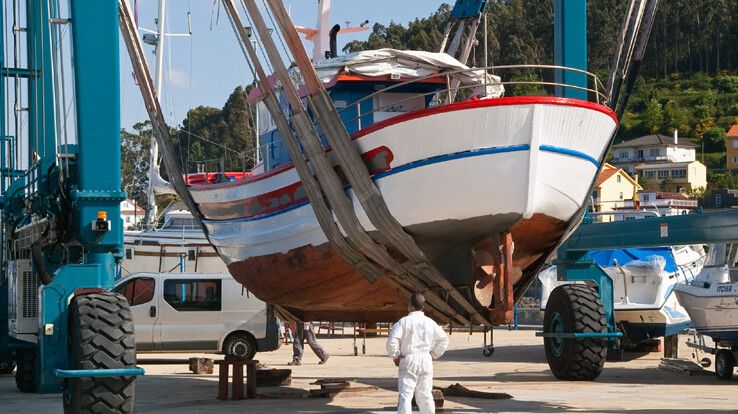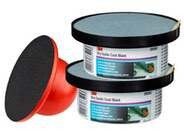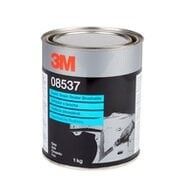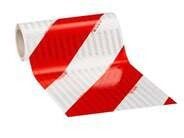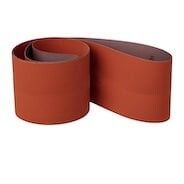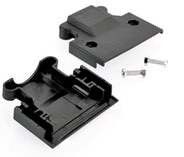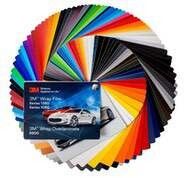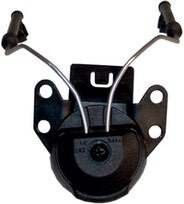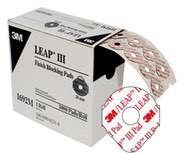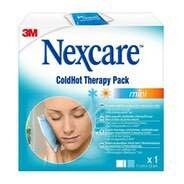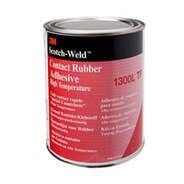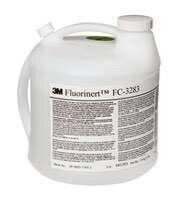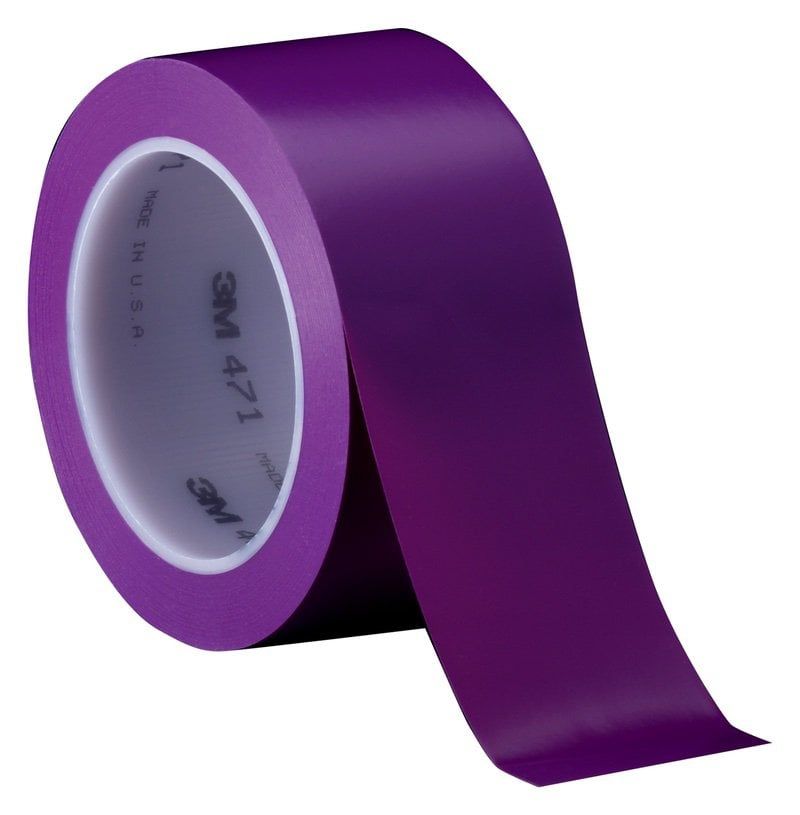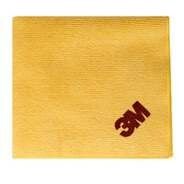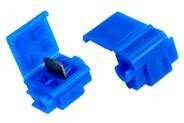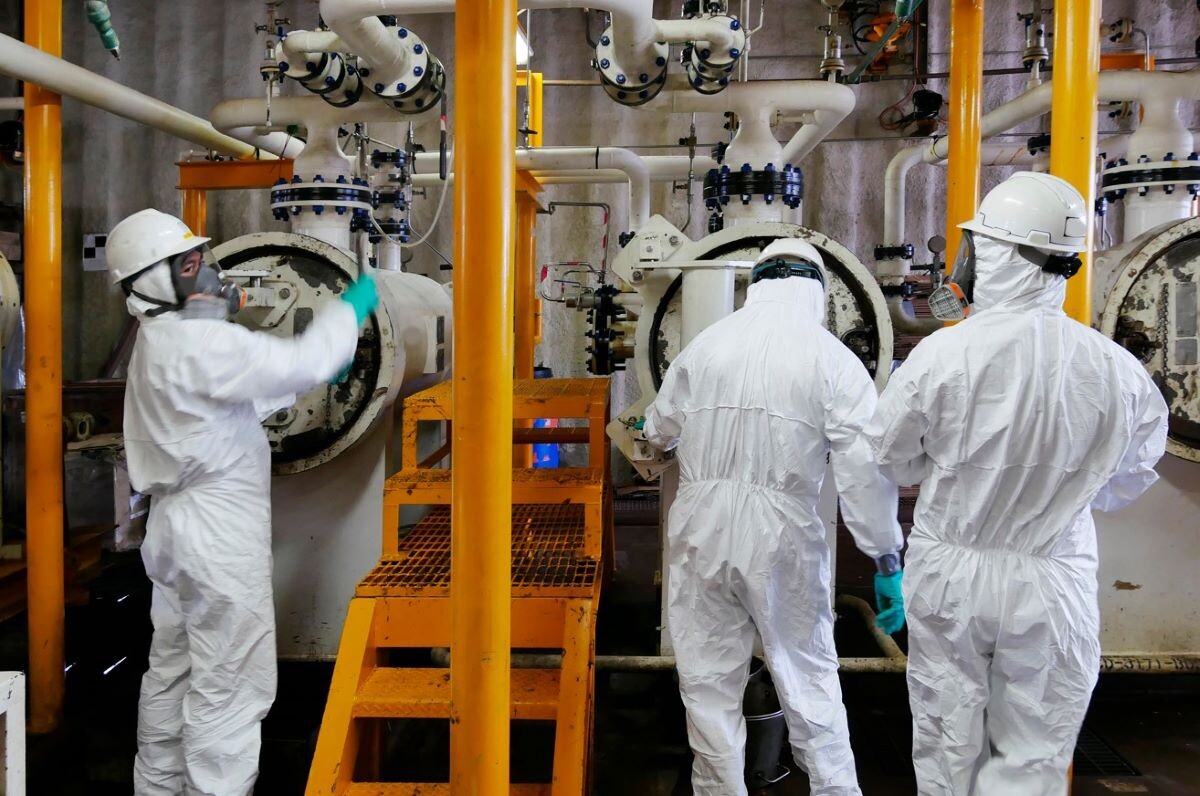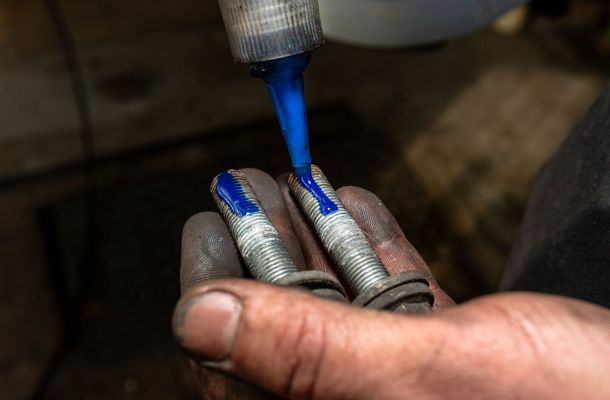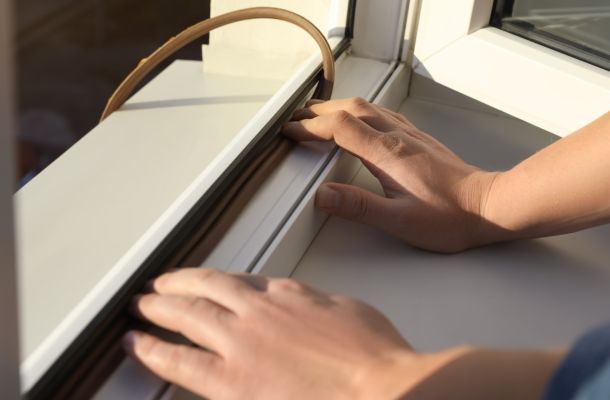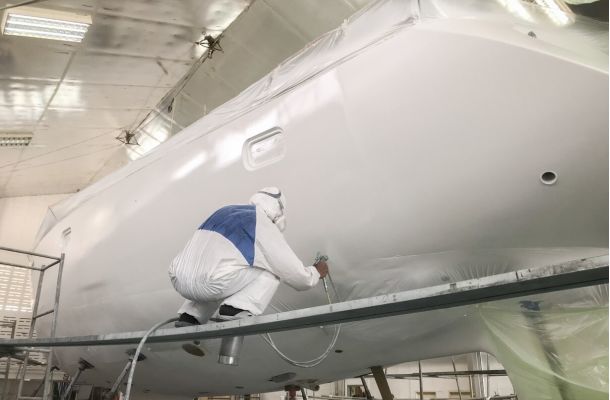Protective coveralls: protection in sharp situations
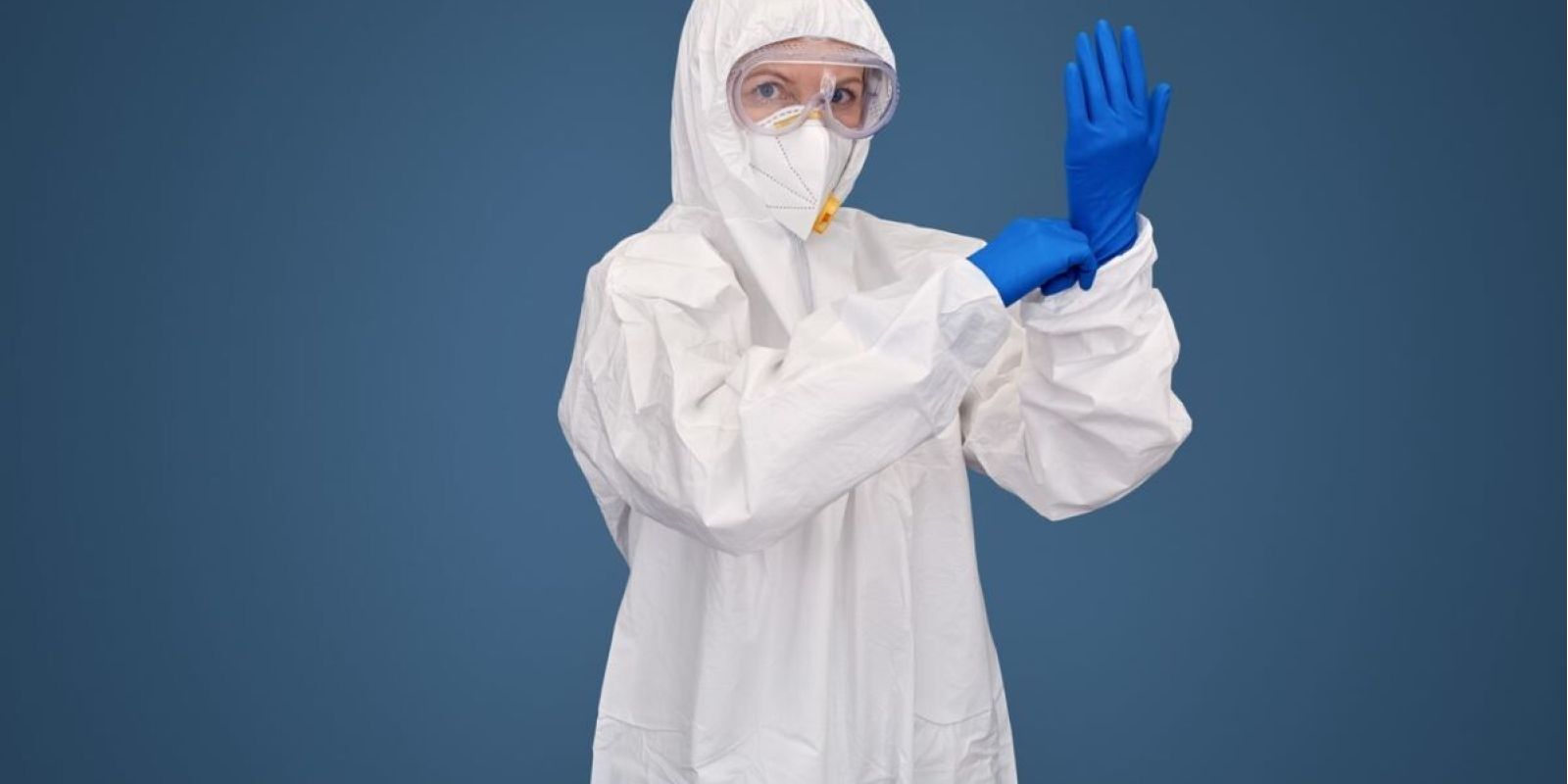

The importance of protective coveralls cannot be disputed. People working with dangerous substances in hazardous environments know that the right clothing, a coverall, can save lives. Let's look at how to choose the protection you need in specific circumstances!
There are several types of protective clothing, depending on the conditions in which the wearer uses it. It takes a lot of experience and general knowledge to be able to determine exactly what type is needed for certain tasks. You need to be aware of the conditions and the demands you will be subjected to, because only with this knowledge can you make the right decision.
Protective coverings: types for all needs
The choice of clothing should be based on whether the material for which the protection is required is hazardous. Protection is required against light dust too but preventing injuries caused by corrosive liquids require more professional gear.
The first consideration when choosing a protective cover is therefore the type of task during which it will be used. One needs to assess the potential impacts of exposure to unique circumstances.
In the following, we will list the 3M protective coveralls that are recommended for protection against certain hazardous and non-hazardous substances.
Protection against non-hazardous contaminants
Non-hazardous contaminants can be divided into two groups in terms of the type of cover that is required. If dust protection is required, it is advisable to choose the 4500 type. This is a basic, general protective coverall that is breathable, easy to put on and has a hood to protect the head.
If the non-polluting material is a liquid, we should also care about waterproofness. Coverall type 4505 meet this requirement.
Protection against hazardous substances
Safety against dangerous pollutants requires more stringent protection than the others listed above. Here the customer should take the following aspects into account!
If protection against particles is a basic requirement, then it is necessary to consider whether the wearer may encounter sparks. If so, the coveralls type 4530 should be chosen, as they do not protect against heat, but they do protect against small flames of short duration. The fire will not spread through the material, but it will leave a trace.
A key question is whether it is necessary for the clothing to have taped seams. The type 4565 coveralls are such, providing strong protection against chemicals and particles thanks to the absence of micropores in the material.
For particle protection, it may be important that the material is lint-free. Type 4510 protective clothing is lint-free due to its microporous material structure properties. Excellent for industrial tasks, maintenance of machinery, vehicles, paint spraying.
If it is important for the protective clothing to be antistatic, then type 4520 is the best choice. It consists of several layers of SMMMS, so it effectively keeps contaminants away. Its fabric-like feel makes it comfortable to wear even for extended periods.
Liquid protection is particularly difficult when hazardous substances are involved. In this case, it is a matter of determining whether the garment must withstand splash, spray, or jet. In the case of splashes, an important question is whether the fabric will be exposed to heat. If so, it is important to take this into account and choose accordingly, for example, the type 4532+ coverall.
If there is also a risk of spray or jets of hazardous material, again a different type of work gear is recommended. In the latter case, a protective coverall type 4570 with a double locking system and a large zipper may be the best choice.
Protective clothing, a basic requirement
We can divide workspace well-being into two main categories: occupational safety and occupational health. The former category includes protective clothing, which is required by law. Occupational health and safety regulations specify what kind of protective clothing must be worn to prevent accidents and, if accidents do occur, to prevent danger to life.
Safe clothing is a prerequisite for working in many companies, so it is the responsibility of the organisation to make it available to workers. It is essential that they only and exclusively perform their function in perfect condition. If, for example, they become damaged or have holes in them, they must be repaired or replaced immediately.
The price of protective clothing is determined by its quality, and by the circumstances. Other important factors are the uniqueness and design of the garment. Quality is the only thing that should not be skimped on, as the health of the wearer may depend on it.
Flanker offers a wide range of unique protective equipment, from protective suits to masks, filters, goggles, earplugs, headbands, helmets, masks, and more.
More articles
Flanker Plusz Kft.
Contact Details
Boti Street, 100.


